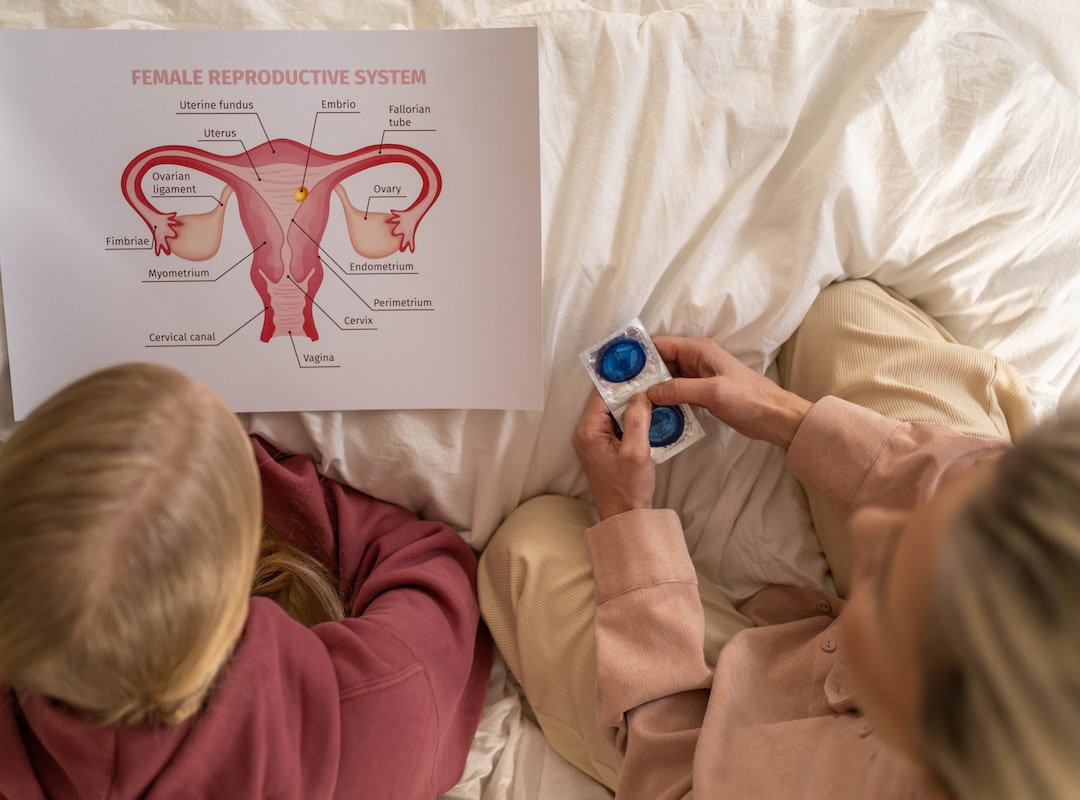A woman and her family have sought methods of avoiding pregnancy for longer than we can estimate. The debate over who can do what is not new in the world, but today we do have the quest right in our faces with legislation changes and fears of what will happen next.
The ancient forms of birth control were potentially dangerous because they were most likely toxic, but they were also ineffective. Additionally, the death rate of women giving birth was also very high, so many decided to take the risk. In ancient Greece women often drank copper salt dissolved in the water as a way to prevent pregnancy; apparently it would be effective for one year, but copper salt is toxic.
Acacia, honey, rock salt, and crocodile dung were also used in attempts to prevent pregnancy as well as moss, grass, or bamboo sponges and vaginal douches or sponges which would be soaked in substances believed to weaken or slow sperm including oil, lemon juice, vinegar, or cedar oil.
The Catholic Church’s stance on birth control being immoral and therefore, by the church’s decree, illegal dates as far back as the Middle Ages. They proclaim abstinence as the only method of birth control allowed for Catholics, but despite these rulings, it is generally acknowledged the couple may use the withdrawal and rhythm methods of birth control. Neither emerged as effective.
The first use of “barrier methods” which today we would label condoms, was first used to prevent sexually transmitted infections (STIs) or sexually transmitted diseases (STDs) because of outbreaks of syphilis across western Europe in the Renaissance (the period of time from the 14th to 17th century). King Minos of Crete in Homer’s Iliad mentions the “bladder of a goat” to protect his wife from the “serpents and scorpions” and this would date back to 3000 BC (which stands for “before Christ” or BCD which stands for before the common or current era). The devices were fashioned from linen, sheep intestines, and fish bladders. Charles Goodyear of Goodyear Tire and Rubber used “vulcanization,” the process of creating a malleable structure “latex” from rubber and thus fabricating the modern condom.
The first known intrauterine devices were introduced in 1909 and were made from silkworm guts. This form of birth control would be further developed throughout the 1920s in Europe, but in the United States, a ban on information surrounding safe sex and contraception meant it became dangerous for not only doctors but also advocates of reproductive health to report anything on the topic. It became another loss and danger for women.
Margaret Sanger introduced the term “birth control” in 1914 as she fought naysayers and the government to dictate a woman’s right to avoid pregnancy. She stated, “Enforced motherhood is the most complete denial of a woman’s right to life and liberty,” as she began her decades-long campaign to make contraceptives legal and available to all women in America. Sanger opened the first birth control clinic in Brownsville, Brooklyn, in 1916. The following year she was sentenced to 30 days in jail for “maintaining a public nuisance” after she dispensed contraceptive devices. When she exited the jail, she reopened her clinic and continued her crusade. The New York State Court of Appeals reversed Sanger’s criminal conviction in 1918 by ruling limitations on birth control are unconstitutional because they force people to conceive more children than they want and are therefore infringing upon women’s liberties.
Margaret Sanger appeared with prominent feminists and doctors as they promoted birth control and the separation of sex and procreation. To this day it remains a divisive topic: From the 1920s to the 1950s birth control became a public topic and in the 1950s the first birth control pills were widely available. In the mid-1960s with the Supreme Court case of Griswold vs. Connecticut, married couples were allowed to purchase and use contraceptives, but it wasn’t until 1972 that they were allowed for use by unmarried people.
The various types of birth control have seen major scientific and medical advances. Today there are intrauterine devices, patches, rings, and emergency contraceptives although the use of these options can be limited by law.
And for those who abhor the options listed above, tubal ligation and vasectomies are available for people who are sure they do not want any more children, although funding for the procedures can be an issue for many people.
Basically, we are fighting for the same rights we fought for in the 1950s and 1960s. But the fight will continue.
Her Nexx Chapter invites you to join our free Community where women from around the world are connecting with each other’s stories, exploring different experiences, and transforming ideas.
The Future of Connection for Women








0 Comments